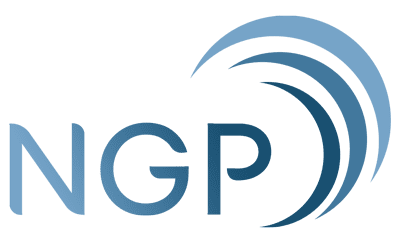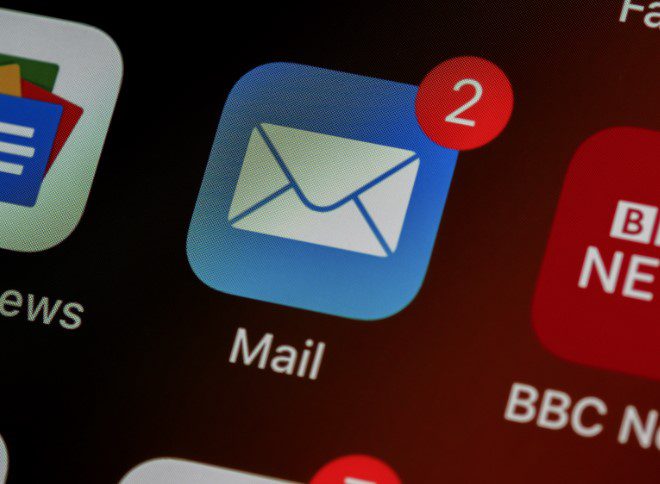We’ll get right to the point: NGP-IMC offers email direct marketing (EDM) services for your brand! Contact us about EDM, or read on so that you can find out if this is something your brand needs!
So… do you need email marketing?
Email marketing is a way of letting your brand directly communicate tailored content with potential customers to help foster relationships that lead to engagement and brand loyalty. Does your brand need solid customer relationships and a loyal consumer base? We hope so!
But how is EDM different from social media marketing? The main difference is its ‘intimacy’. Think about it: typically you’re the only one who sees your email inbox! The messages within your email feel more personal—like a secret note passed between friends.
At least, that’s what businesses hope it feels like on the customer end.
Now, if you’ve decided to give email marketing a shot, here’s what you need to do:
Understand your audience
Segment your email list
A successful email marketing strategy begins with understanding your audience. Make it easier for yourself by setting up an email segmentation system that works best for your business. You can segment gathered emails based on the usual criteria: demographics, interests, behaviors, and more. If you’re more attuned to your business, you can also get even more specific: email users who only clicked on 50% off or more offers, email users who love funny email subject lines, and more. Segmentation allows for targeted content delivery, significantly increasing your engagement and conversion rates!
Personalize!
If you’re personalizing your internal system, personalize the email content, too. This target experience goes beyond addressing subscribers by their first names thanks to a code you found on YouTube. It involves tailoring the entire email experience—including content, offers, and calls to action—based on individual preferences and browsing patterns. Effective personalization fosters deeper connections, leading to increased loyalty.
Analyze behavior and preferences
Monitoring key metrics such as open rates and click-through rates is essential for understanding audience interests. Who are the people who are always opening your emails? How many have unsubscribed from your newsletters after getting that 10%-off-on-first-purchase discount? Analyzing this data enables you to refine your EDM strategies, ensuring any content you deliver remains relevant.
Craft compelling email content
Once you’ve understood your audience, it’s time to create content that makes sense for them.
Write engaging subject lines
Subject lines are your first (literal) line of fire. They compel your readers to open the emails you send—or send them to the Trash. Subject lines should be clear, concise, and enticing, encouraging subscribers to explore the content further. Take to your favorite search engine and look up email subject line best practices, too. Length, wording, and even emoji use matter!
Include visuals
Incorporating visuals—such as images and videos—enhances the email experience. Visual elements help break up text, highlight key points, and create engaging layouts that capture attention. Just make sure your email isn’t too heavy! Some company accounts may flag emails that exceed a certain file size, and your perfectly crafted newsletter may never see the light of day.
Email design best practices
- Optimize for mobile
With over half of emails opened on mobile devices, responsive design is crucial. Emails must adapt seamlessly to various screen sizes, ensuring a consistent user experience.
- Use colors and fonts
Choosing appropriate colors and fonts is essential for brand identity and readability. Opt for colors that align with your brand while ensuring legibility on all devices. Remember that some fonts may register differently on different devices. Stick to font choices that are native on multiple devices. Decide on serif versus sans serif. Don’t go overboard and only use a maximum of 3 fonts anywhere in your email body (this includes your logo already). Make sure your color scheme is cohesive and hardworking, too! Use bolder colors for more urgent calls to action, for instance.
- Make Call-to-Action (CTA) buttons stand out
Speaking of CTAs, they should be strategically placed to stand out. Positioning them above the fold and using contrasting colors makes them more noticeable, encouraging action.
- Ensure accessibility
Design with accessibility in mind. Incorporate alt text for images, use clear language, have text-to-speech options when possible, and maintain proper formatting to accommodate subscribers with visual impairments.
Keep your message clear and concise
Unless your readers have signed up for a weekly or monthly content round-up in their emails, keep your message succinct. Stick to one subject if you can. Keep your email scannable and digestible.
Remember that clarity is vital in email communication—your chances of connecting with your audience hinge on the first few lines of text they’ll encounter. Ensure your entire message is easy to read, your main message is easy to find and understand, and your call to action is as clear as day. Use bullet points to get points quickly across, include summaries and links to otherwise long pieces you want your audience to explore, and make sure your calls-to-action stand out.
Connect Your Story
It’s one thing to know the message you want to send. It’s another to tell it in an impactful way. Trust NGP-IMC when we say that storytelling can significantly enhance email marketing. Crafting narratives that resonate emotionally with your email subscribers can help them feel like they’re more intimately part of your brand.
Time your emails right
Experimenting with sending times is another important element to optimizing engagement via EDM.
Start off by analyzing engagement data. Send a couple of emails at different times on different days and determine what hour sees the most activity. Refine your process based on that data you gathered. Repeat. This helps identify optimal times that align with audience activity.
Test out the right sending frequency, too. Staying top-of-mind is essential, but over-sending can lead to fatigue and might push them to unsubscribe instead. Monitoring engagement will help refine this strategy.
Pay attention to engagement metrics and adjust your frequency as needed. Reducing emails sent to inactive subscribers can help maintain a positive relationship and reduce requests to unsubscribe.
Other email marketing strategies to apply
A/B testing emails
A/B testing various elements—such as subject lines and CTAs—provides insights into what resonates best with your audience. At NGP, we believe it’s important to test emails out as many times as we can so we can gather quality data that can help us refine our strategies better. Iterate and keep optimizing your campaigns!
Leverage AI
AI is nothing to fear. Utilizing automation and AI actually streamlines email marketing efforts. These technologies facilitate personalized content delivery at scale, ensuring timely and relevant communications. Get comfortable with them and integrate them into your EDM workflows so you can stay productive and effective.
Integrate other marketing channels
Email marketing should not exist in isolation. Integrating it with other channels, such as social media, creates a cohesive brand experience that enhances overall engagement.
Actually… just let us do it for you.
Email marketing remains a powerful channel for engaging audiences and driving conversions. Its evolution highlights its adaptability and importance in the marketing landscape.
As consumer behaviors change, email marketing will continue to be a vital component of successful strategies. Its ability to foster relationships and deliver tailored content ensures its relevance. Embrace innovation and let email marketing campaigns give your brand a chance to create effective impact on your audiences.
Better yet, work with NGP-IMC, and we can help you make it happen.

Amy Ruth Valenzuela is a graduate of Far Eastern University, where she earned a Bachelor of Arts in Communication. With a strong passion for communications and media relations, Ruth has developed a diverse skill set that includes journalism, scriptwriting, events and production management, risk management, social media marketing, and layout and graphic design. Her experience in these areas has shaped her approach to storytelling and content creation, driving a commitment to excellence in every project. Ruth is dedicated to leveraging her expertise to create impactful narratives and foster meaningful connections in the industry.


